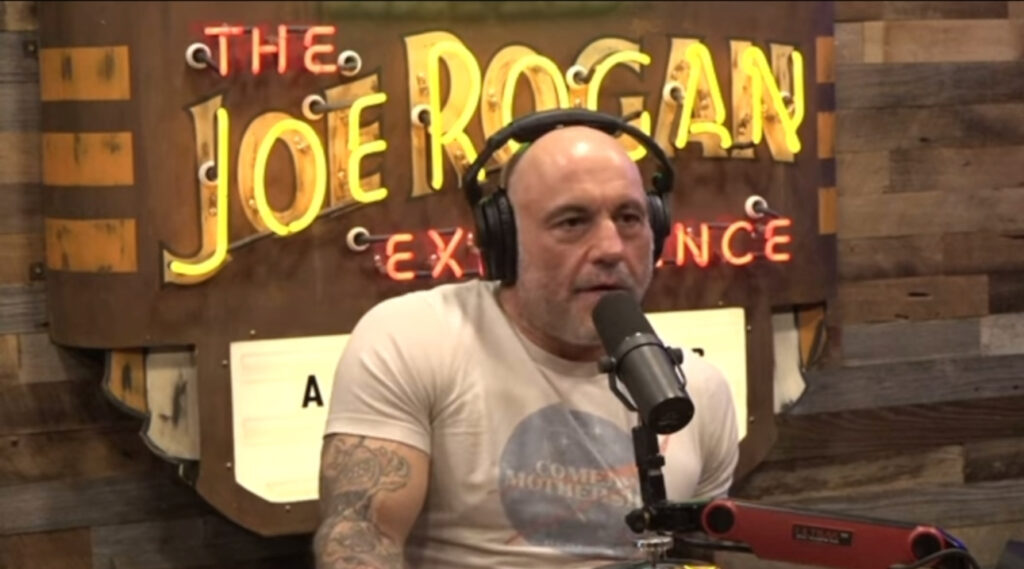Podcast host Joe Rogan recently shared his apprehension regarding drone sightings along the East Coast after a video assessment from John Ferguson, CEO of Saxon Unmanned. In a TikTok clip, Ferguson expressed concerns that these drones are “sniffing” for specific environmental indicators, such as gas leaks or radioactive materials. Rogan noted that this was the first video about the drones that genuinely alarmed him, implying that the implications of the drones’ activities could be more serious than previously understood.
Ferguson asserted that the primary reason for flying unmanned aerial vehicles (UAVs) at night is the search for something below. He suggested that the drones are likely operated by the government and dismissed the notion that they might have nefarious intentions. He speculated that their low-altitude flights are indicative of searches for potential hazards rather than surveillance or aggressive missions. Ferguson’s analysis cast doubts on the theory that these drones are controlled from a distance by a “mothership,” arguing that the type of aircraft spotted lacks the operational range needed for such maneuvers over expansive distances.
Adding context to the discussion, Ferguson referenced historical concerns related to nuclear arms, specifically mentioning the disappearance of warheads post the U.S.-Soviet nuclear treaty during the late 1980s. He claimed to have had conversations with individuals warning the government about potential threats related to old Ukraine-based nuclear materials. This claim underscores the gravity that Ferguson attributes to the drone sightings, stressing that their activities could relate to significant security issues, particularly regarding environmental safety and potential nuclear threats.
In contrast to Ferguson’s insights, recent statements from U.S. officials have created a cloud of uncertainty around these drone sightings. Defense Department spokesperson Sabrina Singh firmly stated that the drones in question do not belong to the U.S. military, while FBI officials, including Assistant Director Robert Wheeler, admitted to a lack of knowledge concerning the drones’ origins. This official ambiguity raises questions about the reliability of assumptions being drawn about the intentions and management of the drones over U.S. territory.
President-elect Donald Trump also weighed in on the drone situation during a press conference at his Mar-a-Lago estate. He suggested that the military has the capability to track the drones back to their points of origin, intimating that there may be government apprehension in addressing the matter publicly. Trump’s remarks, though vague, hinted at an underlying belief that the government possesses more information than it is sharing with the public, a sentiment that resonates with ongoing suspicions regarding transparency in governmental operations.
Despite his evasive comments on being briefed about the drones, Trump humorously noted his decision to avoid his golf resort in Bedminster due to its proximity to the unidentified drones. His remarks reflect a broader unease that has permeated public discourse around aerial surveillance and the safety of U.S. airspace. As concerns continue to mount regarding the nature and purpose of the drones, the intersection of public interest, governmental accountability, and defense readiness remains a critical topic of discussion among experts, officials, and the public alike.

